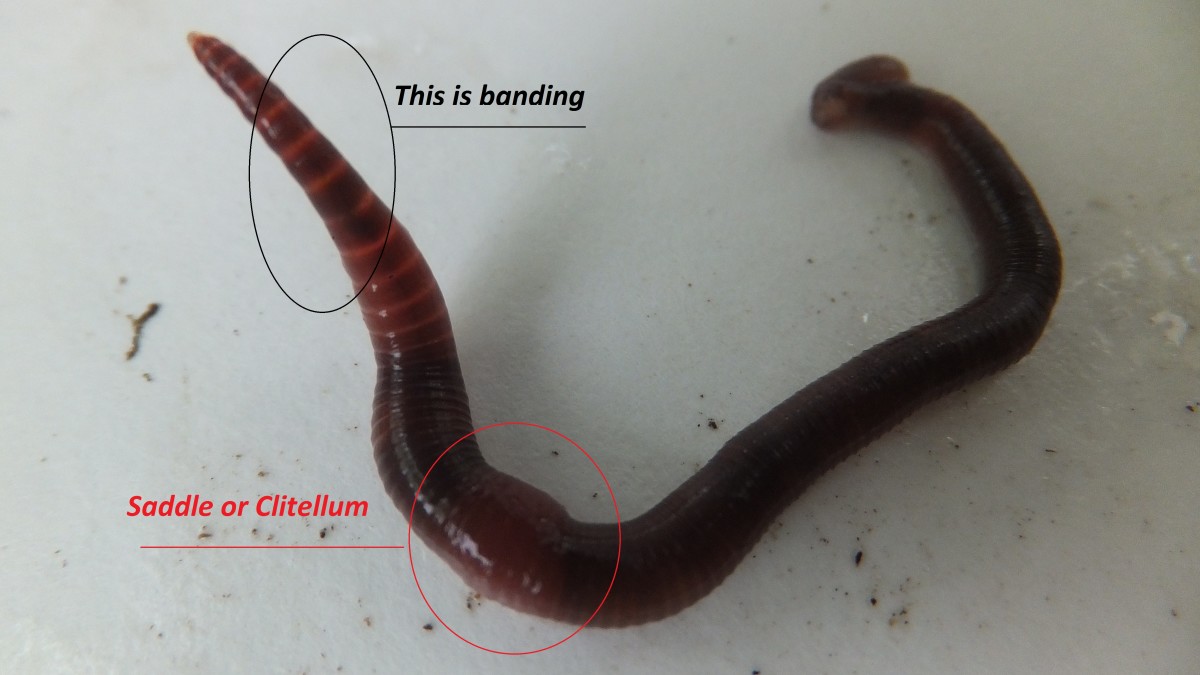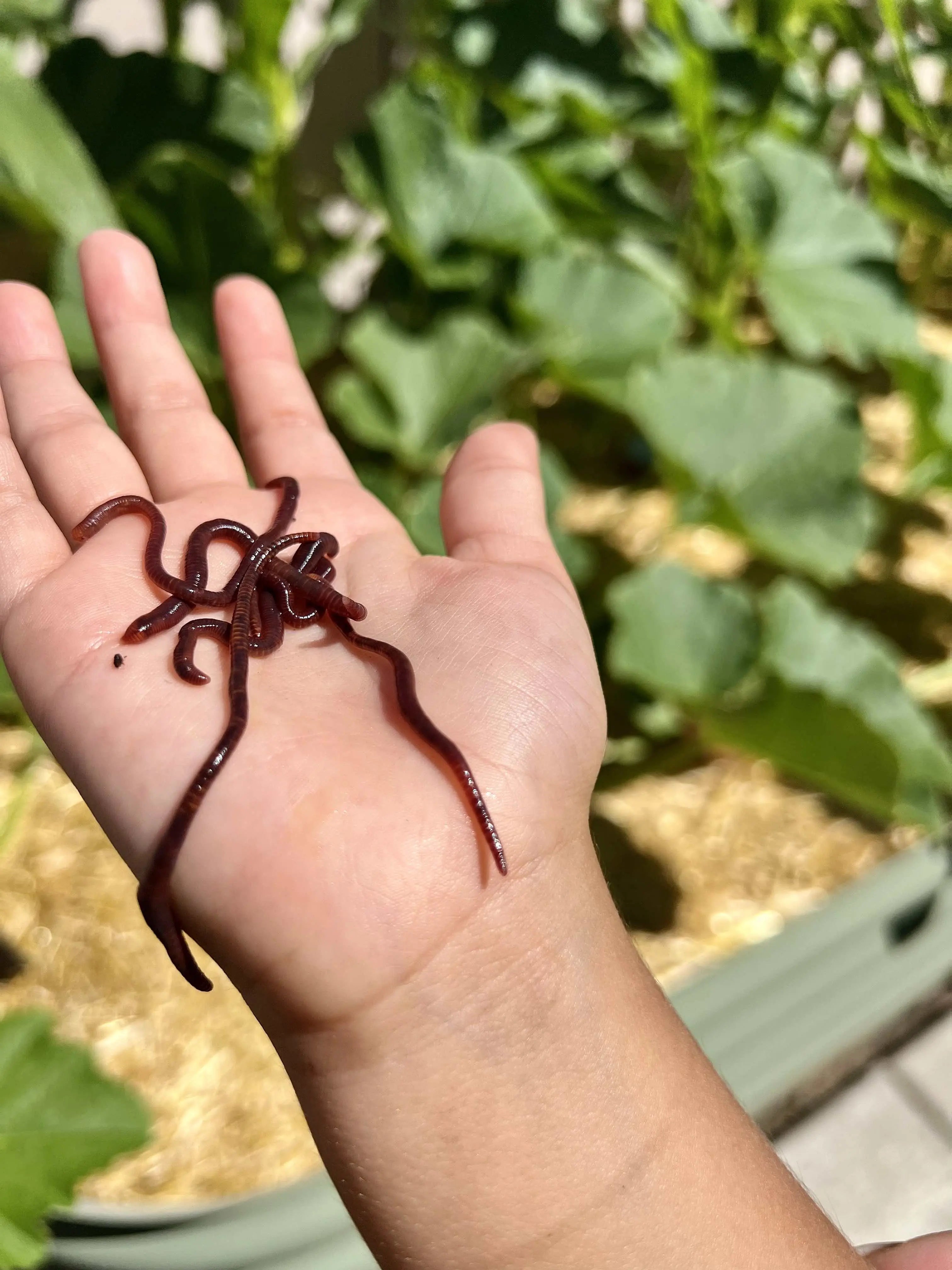Red Wiggler Worms offer for sale - Sustainable Waste Monitoring Service
Red Wiggler Worms offer for sale - Sustainable Waste Monitoring Service
Blog Article
Red Wiggler Worms Demystified: Opening the Keys of Vermiculture for Greener Living and Nutrient-Rich Soil
In the world of sustainable methods for enriching soil high quality and promoting eco-conscious living, red wiggler worms play a pivotal yet often neglected function. Red Wiggler Worms. Understanding the complexities of caring for these worms, enhancing their environment, and utilizing their spreadings can lead to a greener way of life and much healthier dirt for plants to grow.
The Role of Red Wiggler Worms
Red Wiggler worms play an important duty in composting systems by successfully breaking down organic matter into nutrient-rich castings. These ravenous eaters take in a range of natural materials, such as kitchen area scraps, backyard waste, and paper products. As they feed, the worms' digestive processes damage down the natural matter right into a fine, dark, and nutrient-dense product understood as worm spreadings or vermicompost.
The spreadings created by Red Wiggler worms are extremely valuable for dirt health and plant growth. They are rich in essential nutrients like potassium, phosphorus, and nitrogen, which are essential for sustaining healthy plant growth. Additionally, worm castings include beneficial microorganisms and enzymes that assist improve soil structure, increase water retention, and improve nutrient uptake by plants.
Benefits of Vermicomposting

In addition, vermicompost, the nutrient-rich final product of vermicomposting, works as an exceptional natural fertilizer and soil conditioner. It boosts soil structure, improves soil aeration, and boosts soil dampness retention. These buildings add to healthier plants with more powerful origin systems and far better resistance to insects and conditions. Vermicompost additionally enhances the dirt with crucial nutrients like nitrogen, phosphorus, and potassium, promoting plant growth and total dirt fertility.
In addition, vermicomposting assistances sustainable gardening practices by supplying a all-natural and chemical-free option to synthetic fertilizers. Red Wiggler Worms. This ecologically pleasant approach not only enriches the dirt however additionally helps in reducing dependence on unsafe chemicals, promoting a greener and more lasting method of gardening
Establishing a Worm Bin
When establishing a worm bin for vermicomposting, appropriate setup is important to make sure the success of the composting process. The first step in setting up a worm container is picking an ideal container.
After including the bed linens, present the red wiggler worms to the container. The worms ought to then be provided with food scraps such as fruit and veggie peels, coffee grounds, and eggshells.
Frequently monitor the dampness degrees and temperature in the worm container to make certain optimum conditions for the worms. With correct configuration and maintenance, the worm bin will successfully transform natural waste right into nutrient-rich compost for your plants and garden.
Collecting Worm Castings
To efficiently accumulate nutrient-rich worm spreadings from your vermicomposting system, a methodical harvesting method is crucial. There are a few vital actions to comply with to make sure an effective process when it comes top article time to gather the worm spreadings. To start with, stop including fresh food scraps away of the worm container for a number of weeks before collecting. This urges the worms to migrate to the side with fresh bed linen and food, making it less complicated to scoop out the castings from the various other side.

Troubleshooting Common Issues
Determining and resolving common difficulties that might emerge throughout the vermicomposting procedure is critical for maintaining a healthy and productive worm bin. One common issue that vermicomposters encounter is overfeeding. Including excess food scraps can lead to a build-up of dampness and level of acidity in the worm container, possibly hurting the worms. To avoid this, feed the worms in small amounts, making certain that the food scraps are sufficiently damaged down prior to including more. An additional concern is unpleasant odors rising from the worm bin. Foul smells show anaerobic conditions, generally created by overwatering or insufficient ventilation. To treat this, change the moisture degrees by adding completely dry bed linen materials like shredded paper or cardboard and boost oygenation by transforming the bedding routinely.
Additionally, if the worm population is decreasing website here or the worms appear undesirable, maybe as a result of environmental stress factors such as extreme temperature levels or pH levels. Keeping track of these elements and making required modifications is vital for the wellness of the worms. By troubleshooting these typical problems immediately, vermicomposters can make sure a smooth and successful vermicomposting process while keeping a growing worm populace.

Final Thought
In conclusion, red wiggler worms play an essential role in vermiculture by breaking down natural matter into nutrient-rich dirt. Establishing up a worm container is vital for effective vermiculture, and collecting worm spreadings provides important compost for gardening.
As they feed, the worms' digestive system processes break down the natural matter right into a penalty, dark, and nutrient-dense material recognized as worm castings or vermicompost.
The castings generated by Red Wiggler worms are extremely advantageous for dirt health and wellness and plant growth. Including excess food scraps can lead to a buildup of dampness and acidity in this link the worm container, possibly harming the worms.In addition, if the worm population is decreasing or the worms appear harmful, it might be due to ecological stressors such as severe temperature levels or pH degrees. Establishing up a worm bin is vital for effective vermiculture, and gathering worm spreadings provides useful garden compost for horticulture.
Report this page